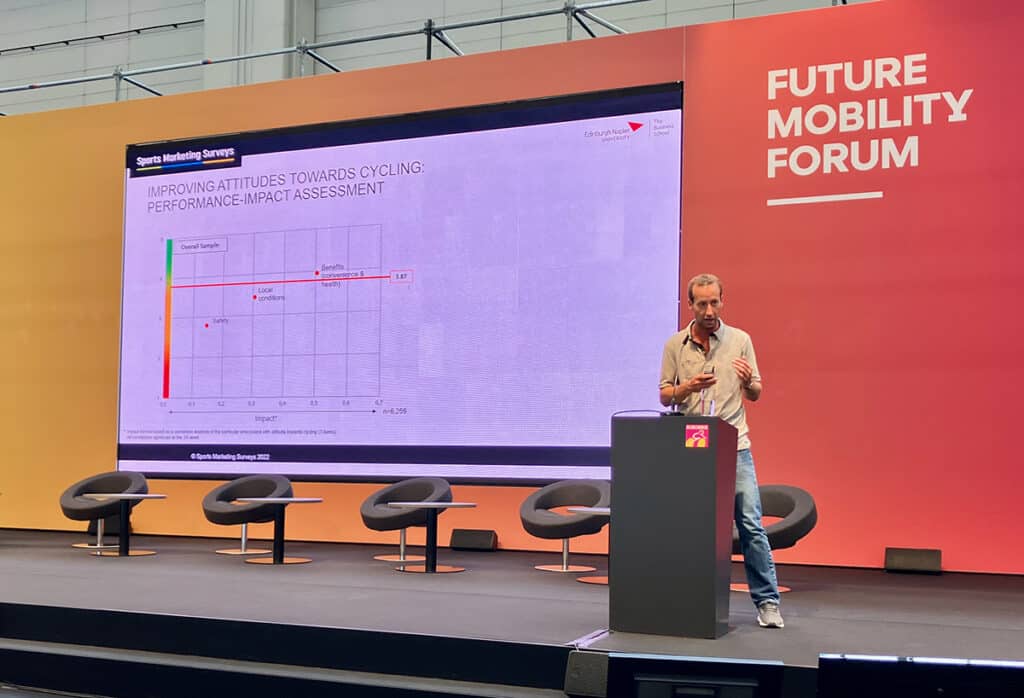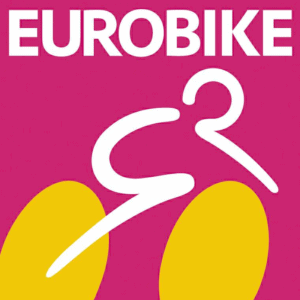
Startup & Innovation Day on July 14 sought to answer this question with data and experience from industry experts who have embraced the topic. Anecdotal assumptions were abandoned in a presentation by Marc Anderman, business development manager at Sports Marketing Surveys, who gave hard numbers about the who, what, where, and why of customers who are new to cycling. The results were from a survey taken by 6,259 respondents from six European countries, monthly sales figures in 2019-2021, and interviews with OEMs and component suppliers.
The survey showed that the majority of new cyclists are under 40 (78 percent), mostly women (56 percent), live in either urban or suburban areas (81 percent), and engage in leisure cycling (71 percent). They ride to enjoy cycling socially, to save money on fuel and travel costs, to reduce the impact on environment and air quality, and because they have more time. The pandemic likely did more to transform attitudes toward cycling than any well-intentioned campaign. Nations that responded to COVID by implementing or adding to cycling infrastructure in response to social distancing practices, like France and The Netherlands, also experienced some of the highest increases in new cyclists. Big numbers in cycling are nice of course, but what do these new cyclists want, if not better infrastructure and a lower risk of catching a disease? E-bikes, for starters, which prevailed even though they are still a little mystifying to some road users.
Comfort, weather, and theft emerged as obstacles to potential e-bikers who are sitting in traffic because they may not see the positive outcomes of biking.
“One of the most surprising facts about consumers is that the benefits of e-bikes aren’t well-understood by car users,” said Emerson Delcourt of Decathlon. Delcourt has a mission to get people cycling and his first order of business is to work on car users to demonstrate all the benefits of biking, like better health, sustainable transportation, solving parking problems and other stresses related to the city.
New e-bike customers who already committed to purchasing a bike did so because they wanted the latest technology, and they had the disposable income.
Incentives also help. When governments and/or the private sector provide subsidies toward the purchase of e-bikes, explained Iris Langstädter of Freibek, it brings new customers.
Once they spent their money on a new e-bike, new customers sought to safeguard their investment. 85 percent of new e-bike owners bought insurance, which may also be bundled with other add-on accessories, like tracker hardware and apps.
E-bikes, better infrastructure and incentives are the biggest drivers pulling new customers into cycling. To get even more customers to reach for the bike, Thomas Spengler, managing director of internetstores, had some solid advice: “We need to build products and services that add value to everyday life and we need to work on the sentiment around cycling.”


